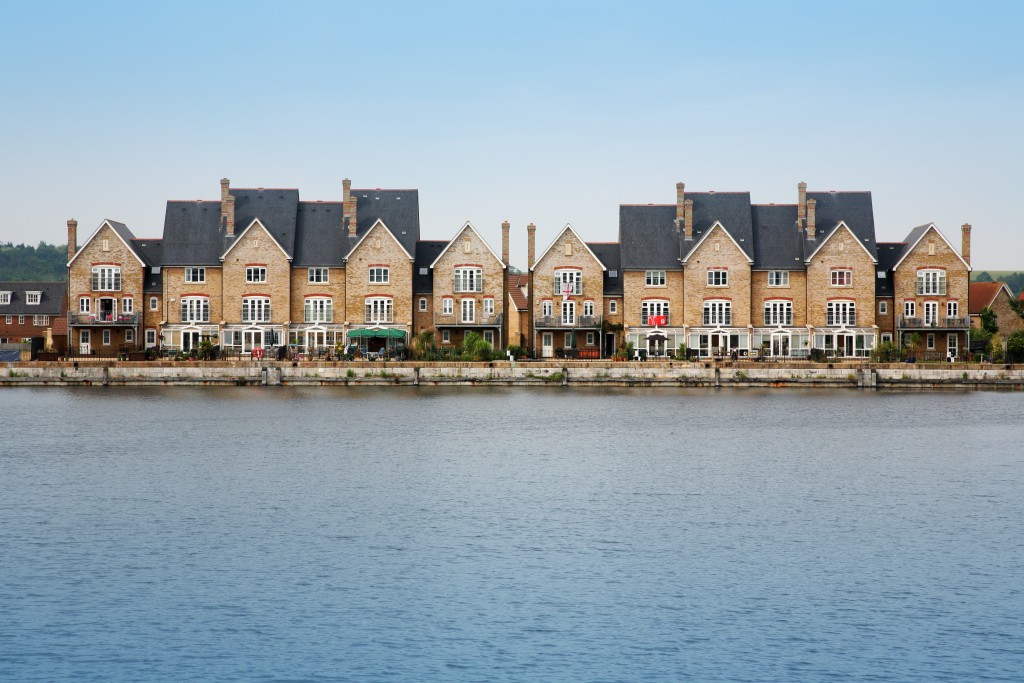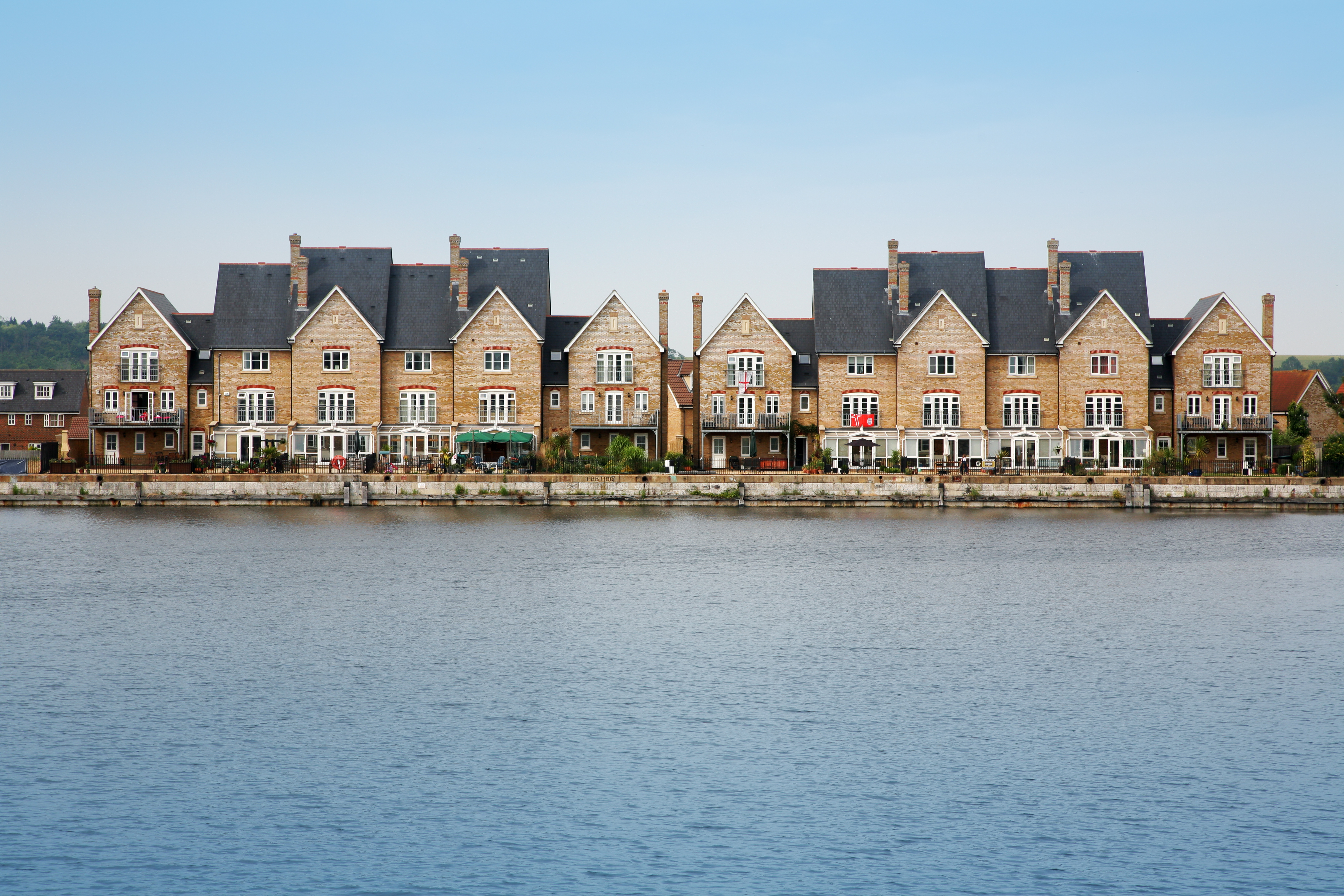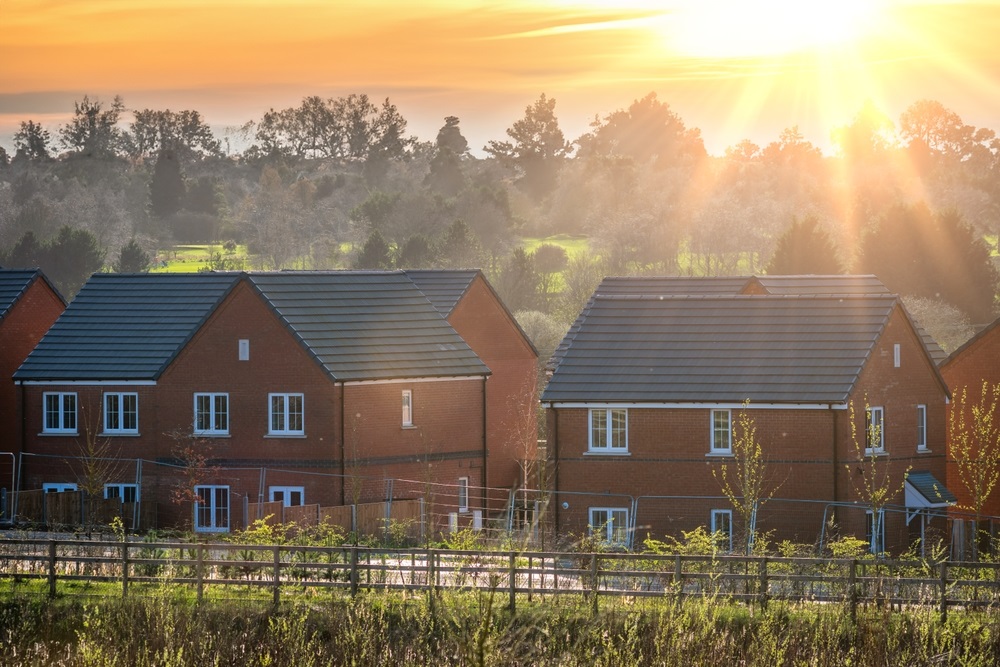Taking out a mortgage is one of the more serious decisions many people have to make in their lives. For the majority of the population it is the only way they could ever afford to buy their own home and will create the largest expense in their budgets, Vanya Damyanova investigates Choosing the right mortgage […]
Taking out a mortgage is one of the more serious decisions many people have to make in their lives. For the majority of the population it is the only way they could ever afford to buy their own home and will create the largest expense in their budgets, Vanya Damyanova investigates
Choosing the right mortgage has become increasingly hard given the variety of products on the market and the difference in the personal circumstances of customers. There is no such thing as “the perfect mortgage” that would suit everybody, there is only the best deal for your individual situation at the time you buy. Taking that into account What Mortgage is looking closer at 10-year fixes as an option to buy in the current climate.
Mortgage market sentiment
2014 has been called “a year of two halves” by many, from industry analysts to market players. The first half saw a stronger growth in activity while there was a somewhat sharper cool down in the second, as lenders were rebounding after the Mortgage Market Review introduced in April.
Having said that, the year overall has turned out strong for the industry and for consumers with mortgage lending reaching the highest volume since 2008 and the number of first-time buyers exceeding 2007-levels (Council of Mortgage Lenders’ data).
Considerable mortgage rate cuts have been observed since the late summer of 2014 and at the beginning of this year, lenders continue to drive up competition by launching one discount offer after the other. While the product mix has been generally consistent, an interesting trend towards longer-term offers has been observed last year. While at the start of 2014 there were only eight available 10-year fixes on the market, today they are 77, Moneyfacts.co.uk research shows.
| Jan-13 | Nov-13 | Jan-14 | May-14 | Oct-14 | Jan-15 | |
| Number of 10-year fixed rate deals | 15 | 12 | 8 | 20 | 22 | 77 |
| Average 10-year fixed rate mortgage | 4.58% | 4.64% | 4.23% | 4.69% | 4.98% | 4.17% |
10-year fixed rate mortgages, while gaining popularity in other countries, never really took off in the UK. Assuming they would want to do something else with their money or move home, consumers did not like the idea of being tied down for such a long period. Considering that lenders have high charges if you want to get out of a long-term deal earlier, 10-year fixes do not look very attractive.
On the other hand, research from TSB shows that 55 per cent of people are concerned about the Bank of England base rate rising and would consider a longer product as long as they were not charged if they want to leave the mortgage early.
TSB’s research, based on a Consumer Intelligence survey, showed that 65 per cent of people would consider taking out a 10-year mortgage. However, 72 per cent of those have misgivings because they do not want to be locked in for such a long period and are worried about early repayment charges.
Is now the time to fix long term?
The current situation is unique. The record-low base rate from the Bank of England coinciding with intense competition between lenders, who have been slashing mortgage rates to historic lows, has created an ideal mix of circumstances for locking into a longer-term deal.
This has also removed two of the biggest disadvantages to having a long-term fixed rate mortgage – the high starting rates and the fact that if the base rate drops you will not be able to reduce your payments.
Currently, the base rate is at rock bottom and two of the biggest lenders in the UK have launched the lowest rates for 10-year deals the market has ever seen.
At the beginning of January, Barclays launched the lowest ever 10-year fix at 2.99 per cent for up to 60 per cent loan-to-value and an application fee of £999.
Nationwide soon followed, topping Barclays offer and introducing a 2.94 per cent fixed rate for 10 years at up to 60 per cent LTV and a fee of £999 for new customers. The building society made an even better offer for its existing clients who could get the 10-year fix at 2.84 per cent and a £499 fee.
The situation, however, will not be like this for very long, as the Bank of England is bound to raise the base rate sooner or later and the cheap deals are also likely to be gone soon, as the market will eventually react to a rise in the benchmark rate. So, now is definitely the time to consider fixing for a longer term.
What should you take into account before committing to long-term products?
Even the best-looking deal should be carefully pondered when it comes to mortgages. Depending on your financial situation, your plans for the future and individual budgeting, choices of products may vary.
If you are looking to fix for 10 years, ideally you would have found a home you can see yourself living for a very long time or for life. Even if you are planning to move, you can also go for a 10-year deal but be careful to check if the mortgage is portable (this means if the lender would allow you to take the mortgage with you when you move).
Another thing to examine carefully when fixing for a long time are the fees that come with your offer. Some lenders compensate for the lower rate by raising the arrangement fee. Other fees that are very important for long-term fixed rate mortgages are the so-called early repayment charges, which you would have to pay if you want to get out of the deal early. There are some deals offering a way out of early repayment charges like Newcastle Building Society and TSB’s Fix and Flex range, which both allow customers to end the mortgage after five years without paying a charge.
Although longer-term offers come with more fees sometimes they still could be a better option for you. Many people do not realise how costly remortgaging every two years could be. If you renew your mortgage every two years, you would have to remortgage five times in ten years, this means paying fees and charges and going through the paperwork five times.
To compare offers adequately you should always add up all fees and charges and the interest rates. The goal is to compare the whole amount you would have to repay at the end. Usually the whole term for paying everything back is 20 to 25 years. Fixing for a period of 10 years at a cheaper rate and reasonable fees could bring the cost of the mortgage down.
Making the necessary calculations beforehand can save you a lot of money in the future.















